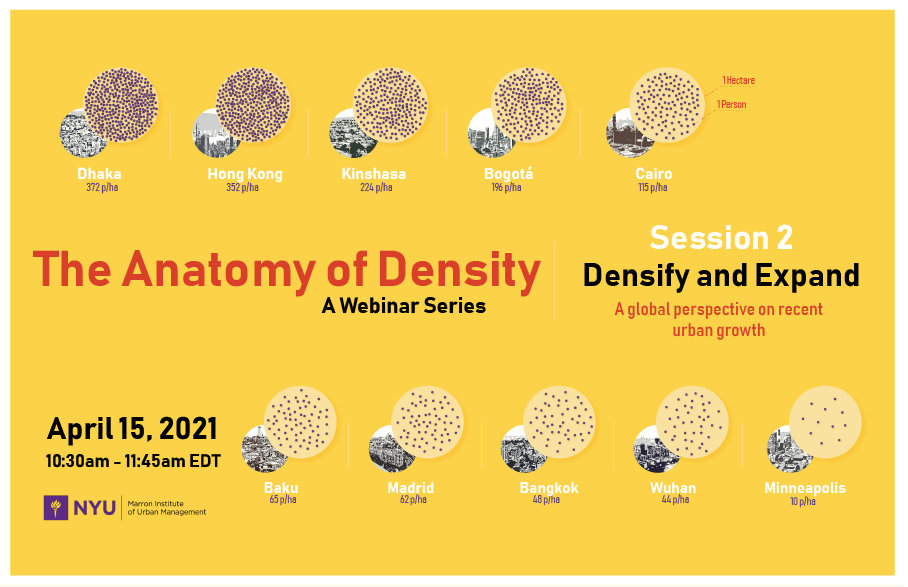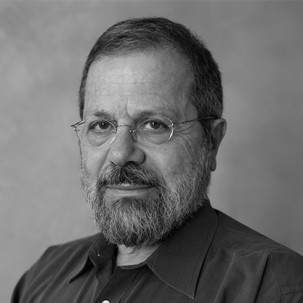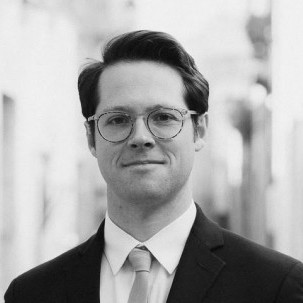The Anatomy of Density: Densify and Expand
RSVP
Join the NYU Marron Urban Expansion Program in a series of four webinars to explore the increased importance of urban density and its attributes in cities the world over.
More than ever, urban density is at the fore of discussions of mitigating climate change, managing pandemics, promoting housing affordability and economic development, and protecting the countryside from further encroachment. There are calls for making cities denser, to increase the use of public transit, biking, and walking, and for containing urban expansion to force the densification of existing urban footprints. Yet densities have continued to fall over the past three decades, and densification advocates have little to show for their efforts. It is now urgent to understand how to turn the tide and advance a pragmatic densification agenda for cities the world over. This webinar series provides a new and deeper understanding of urban density and its critical role in shaping the destinies of cities in the decades to come. The series includes:
- Anatomy of Density
- Densification vs. Expansion
- Densification Case Studies
- Densification Strategy for NYC’s Next Mayor
Session 2: Densify and Expand
Serious concerns with accelerating global warming have yielded urgent calls to increase urban densities: Higher densities are associated with lower greenhouse-gas emissions, especially those from motor-vehicle use. In order to densify meaningfully in the coming decades, cities need to make room for more people within their existing footprints. If they can’t, cities need to create more room through outward expansion, typically resulting in lower overall densities. In a recent study, we focused on the population added to a sample of 200 cities, between 1990 and 2014. In three-quarters of the cities, the areas built before 1990 gained population and thus densified significantly. On average, however, only one-quarter of the total added population was accommodated within the 1990 urban footprints, while three-quarters was accommodated in the newly built expansion areas. This resulted in an overall decline in average urban densities, despite the near-global, decades-old, and rarely questioned consensus that urban expansion must be contained. In this webinar, we present the results of our study and discuss implications for the future of densification and expansion.
Speakers

Professor of City Planning / NYU Marron Institute
Shlomo (Solly) Angel is a Professor of City Planning at the Marron Institute where he leads the NYU Urban Expansion Program. He is an international expert on housing and urban development policy, having written extensively on the subject, advised the United Nations, the World Bank, and the Inter-American Development Bank (IDB), and implemented projects on the ground. He currently focuses on documenting urban expansion and densification in a global sample of cities, as well as on advising rapidly growing cities on how to prepare adequate room for their inevitable expansion while making adequate room for the densification of their existing footprints as well.
In 1973, Angel started a program in Human Settlements Planning and Development at the Asian Institute of Technology in Bangkok. He taught at the Institute from 1973 to 1983, while researching housing and urban development in the cities of East, South, and Southeast Asia. He co-edited Land for Housing the Poor in 1982. From the mid-80s to mid-90s, he worked as a housing and urban development consultant to UN-Habitat, the Asian Development Bank, and the Government of Thailand. In 2000, he published Housing Policy Matters, a comparative study of housing conditions and policies in more than fifty countries around the world. From 2000 to 2010 he prepared housing sector assessments of 11 Latin America and Caribbean countries for the IDB and the World Bank. Since 2005, he has been documenting global urban expansion, resulting in the publication of The Dynamics of Global Urban Expansion in 2005, the Atlas of Urban Expansion in 2012 and 2016, and Planet of Citiesin 2012.
Angel earned a bachelor’s degree in architecture and a doctorate in city and regional planning at the University of California, Berkeley.

Patrick Lamson-Hall is an urban planner and a Fellow in the Urban Expansion program of the NYU Marron Institute. He has contributed to the development of the Atlas of Urban Expansion: 2016 Edition, a groundbreaking and original study of the dynamics of global urban growth. He manages the India Urban Expansion Observatory, a 30-person research facility located in Mumbai, India. He was the New York-based coordinator of the Ethiopia Urban Expansion Initiative, a project to implement long-term spatial plans in 16 Ethiopian cities and he coordinated the Climate Smart Cities: Grenada program, a collaboration with the Green Climate Fund.
Mr. Lamson-Hall holds a Master’s Degree in Urban Planning from the NYU Wagner School of Public Service. In addition to his work at NYU, he has contributed to the crafting of the sustainable development goals as an expert urban planner, has collaborated with UN-Habitat on the writing of a methodology for the assessment of public open space, and has shaped new strategies for the evaluation of cities using high-resolution satellite imagery. His other research interests include alternative transportation, special economic zones, and the measurement of urban density.
Please fill out the information below to receive our e-newsletter(s).
*Indicates required.
